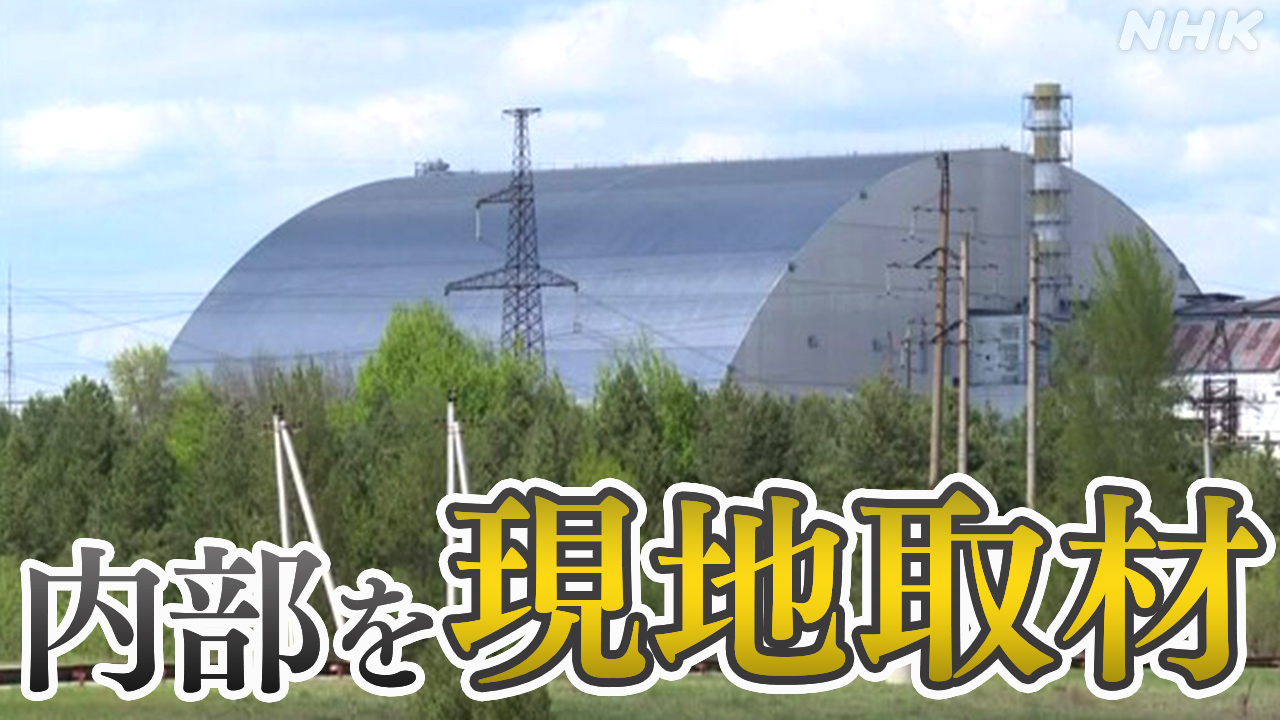Assessing Damage: Chernobyl Shelter Post-Russian Attack
The ongoing conflict in Ukraine has cast a long shadow over the world, and nowhere is this more evident than at the Chernobyl Exclusion Zone. The site of the 1986 nuclear disaster, already a fragile ecosystem, has faced further peril due to the Russian occupation and subsequent fighting. This article delves into the assessment of damage to the Chernobyl Nuclear Power Plant's shelter, the sarcophagus, and the wider implications for nuclear safety and environmental remediation.
The Sarcophagus: A Vulnerable Icon
The Chernobyl New Safe Confinement (NSC), often referred to as the sarcophagus, is a massive steel arch structure built to contain the radioactive debris from the original reactor explosion. Its integrity is crucial for preventing further release of hazardous materials. Early reports from the International Atomic Energy Agency (IAEA) indicated potential disruptions to the facility's operations due to the conflict.
Key Concerns and Damage Assessments:
- Power Outages: The loss of power to the monitoring systems within the NSC raised serious concerns about the ability to track radiation levels and maintain the structure's stability. This directly impacted the effectiveness of the cooling systems crucial for preventing overheating. Restoring power became an immediate priority.
- Staff Safety and Security: The presence of Russian troops near the facility posed a significant threat to the safety of the personnel responsible for monitoring and maintaining the sarcophagus. Their ability to perform essential tasks was severely compromised.
- Potential for Radioactive Release: While no immediate significant releases were reported, the potential for damage to the structure itself, or disruption to critical safety systems, posed a considerable risk of future radioactive contamination.
- Disrupted Monitoring and Data Collection: The fighting impacted the flow of crucial data regarding radiation levels and the overall structural integrity of the NSC. This gap in information hampered accurate assessment of the long-term risks.
Beyond the Sarcophagus: Environmental Impact
The conflict extended beyond the immediate vicinity of the NSC. The Russian occupation and fighting within the Exclusion Zone caused widespread disruption to the ongoing environmental remediation efforts.
Long-Term Environmental Concerns:
- Disruption of Remediation Projects: The ongoing efforts to manage and contain the radioactive contamination within the Exclusion Zone were severely impacted. This includes the long-term monitoring and cleanup of affected areas.
- Damage to Wildlife Habitats: The Exclusion Zone has become a haven for wildlife. The conflict threatens to destabilize this unique ecosystem, potentially leading to long-term ecological damage.
- Spread of Radioactive Material: While the likelihood of significant radioactive dispersal remained low, the potential for disturbance of contaminated soil and debris increased the risk of localized contamination.
The IAEA's Role and International Response
The IAEA played a vital role in monitoring the situation and providing crucial information. Their reports provided a crucial source of information to the international community and highlighted the risks associated with the conflict's proximity to the Chernobyl site. The international community responded with concern and calls for the protection of the site and its personnel.
International Cooperation and Future Outlook
The incident underscored the critical need for international cooperation in managing and securing nuclear facilities, particularly in times of conflict. Future efforts will focus on restoring full monitoring capabilities, ensuring staff safety, and assessing the full extent of the environmental damage. The long-term effects on the environment and the ongoing remediation efforts remain a subject of significant concern.
Call to Action: Stay informed about the ongoing situation in Ukraine and the efforts to secure the Chernobyl Exclusion Zone. Follow the IAEA's reports and support organizations working to protect the environment and ensure nuclear safety. Learn more about the Chernobyl disaster and the ongoing environmental remediation at [link to relevant source, e.g., IAEA website].
